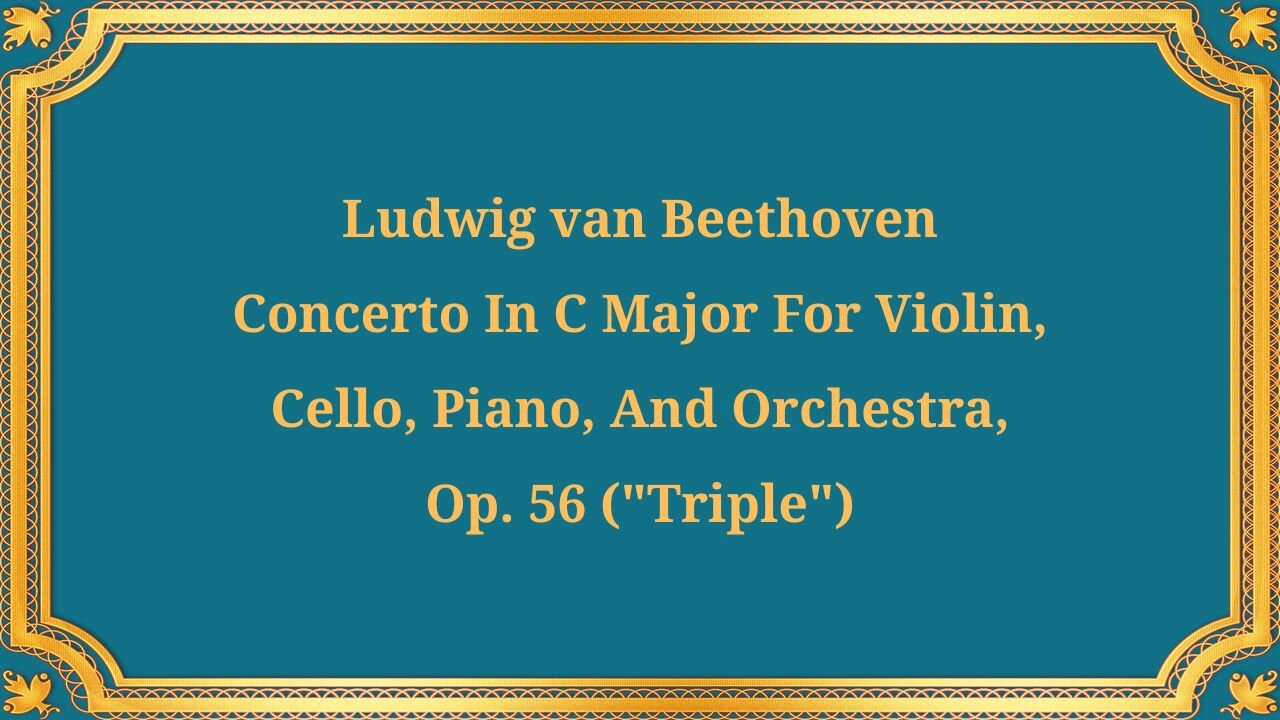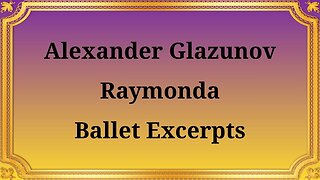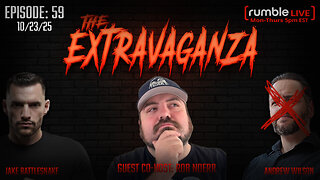Premium Only Content

Ludwig van Beethoven's Concerto in C major for Violin, Cello, Piano, and Orchestra, Op. 56
#Beethoven #TripleConcerto #ClassicalMusic #Concerto #Ensemble #RareRepertoire #RareEdition
Publication date 1949
John Corigliano; Leonard Rose; Walter Handl; Bruno Walter; New York Philharmonic
Among Ludwig van Beethoven's large-scale symphonies and solo concertos, his Concerto for Violin, Cello, Piano, and Orchestra in C major, Op. 56, known as the "Triple Concerto," occupies a special place. This work, composed around 1803-1804, stands at the crossroads of genres, combining the chamber intimacy of an ensemble with the monumentality of an orchestral concerto.
The Triple Concerto was written during the fruitful period when Beethoven was working on his Eroica Symphony. Despite this, the concerto's music is devoid of heroic pathos and drama, exuding rather a noble, classical calm and melodic generosity. The composer found an elegant solution to the complex task of balancing three powerful solo instruments, each with a unique timbre and range.
The concerto's structure is traditional and consists of three movements:
Allegro—a large-scale first movement, in which the orchestra and soloists engage in a rich dialogue. The main theme, presented by the orchestra, is full of dignity and energy, while the three soloists alternately take up and develop the musical material, sometimes competing with, sometimes complementing, one another.
Largo—the lyrical center of the work. This movement is a heartfelt song-and-ariosa statement, in which the cello is particularly expressive, setting a melancholic, pensive tone. Rondo alla Polacca is a finale in the rhythm of a polonaise. A joyful, graceful, and virtuosic movement that brings the concerto to a brilliant and uplifting conclusion. Here, the soloists demonstrate their technical prowess, and the music is filled with light and grace.
Historically, the Triple Concerto is associated with Beethoven's patron, Archduke Rudolf, who was his student and likely played the piano part. This explains the somewhat restrained pianistic complexity compared to the composer's other concertos.
As a result, the Triple Concerto remains a unique phenomenon in world music. It is not simply a concerto for three instruments, but a brilliantly constructed dialogue between equal partners, the embodiment of the idea of unity and harmony. It offers the listener not a struggle between soloist and orchestra, but their collaboration, revealing the multifaceted genius of Beethoven in creating complex yet incredibly balanced musical forms.
-
 52:11
52:11
Classical music_Music Inspiration
14 days agoAlexandra Glazunov Excerpts from the ballet "Raymonda"
811 -
 42:58
42:58
TheCrucible
4 hours agoThe Extravaganza! EP: 59 with Guest Co-Host: Rob Noerr (10/23/25)
79K7 -
 1:40:59
1:40:59
Kim Iversen
6 hours agoTrump Threatens To End ALL Support For Israel
70.1K165 -
 13:09:10
13:09:10
LFA TV
23 hours agoLIVE & BREAKING NEWS! | THURSDAY 10/23/25
168K23 -
 LIVE
LIVE
Side Scrollers Podcast
9 hours ago🔴FIRST EVER RUMBLE SUB-A-THON🔴DAY 4🔴BLABS VS STREET FIGHTER!
915 watching -
 LIVE
LIVE
LIVE WITH CHRIS'WORLD
5 hours agoLIVE WITH CHRIS’WORLS - J6 Pipe Bomber | Candace is NUTS | NBA Gambling Scandal | AND MUCH MORE!
38 watching -
 1:56:46
1:56:46
Redacted News
6 hours agoHIGH ALERT! Trump pushes "land war" in Venezuela, and Russia goes nuclear | Redacted News Live
144K94 -
 16:47
16:47
Robbi On The Record
5 hours ago $1.79 earnedThe Day Seeing Stopped Meaning Believing | Sora, AI and the Uncanny Valley
25.3K18 -
 9:54
9:54
Dr. Nick Zyrowski
1 day agoDoctors Got It Wrong! What High Cholesterol REALLY Means...
24.7K5 -

Tundra Tactical
5 hours ago $2.37 earnedProfessional Gun Nerd Plays Battlefield 6
31.1K2